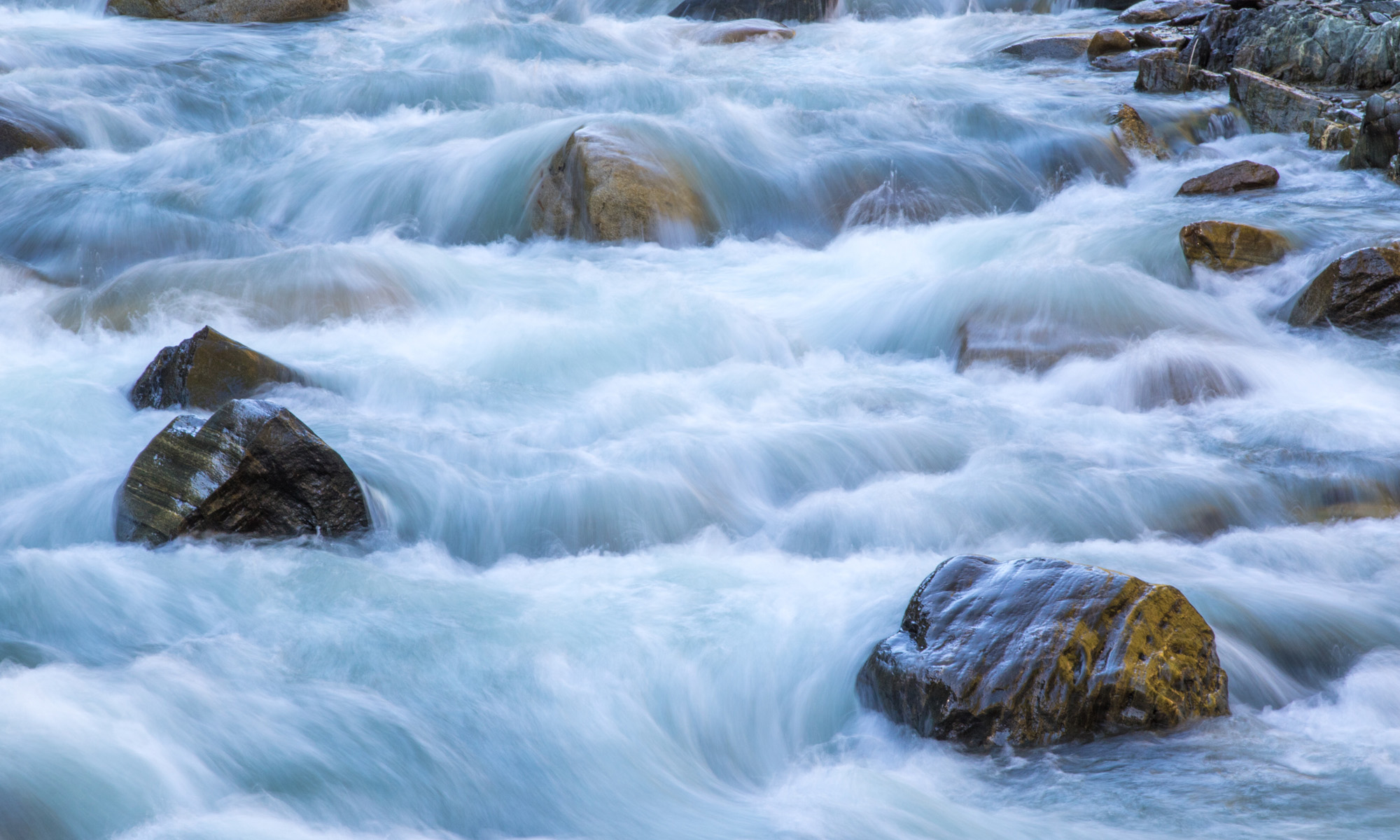Today’s Question: In Lightroom Classic, is there a way to apply a profile to only part of an image? I do not see how and assuming I am correct, is there a way to determine what settings the creator of the profile used so that I can duplicate that as a preset and then use masks?
Tim’s Quick Answer: No, it is not possible to apply a profile to part of an image with the Masking feature in Lightroom Classic (or Camera Raw). Unfortunately, it isn’t possible to easily mimic the results of a profile because they aren’t based on adjustments in the Develop module.
More Detail: The Profile option found in the Basic section of the right panel in Lightroom Classic (or near the top of the Edit panel in Camera Raw) enables you to apply a baseline interpretation of an image to alter the appearance or apply a creative effect. While choosing a profile will alter the appearance of the image, the effect is not the same as a preset with saved settings from the Develop module, but rather a basic interpretation of the image data. For those familiar, you can think of these profiles as being more like an ICC profile used for color management rather than a preset from the Develop module.
When you select a profile for an image it affects the entire image, altering how the image data is interpreted before the adjustment settings from the Develop module are applied. The profile option is not available as a targeted adjustment for the Masking features.
Furthermore, it is not possible to reveal what the underlying profile is actually doing to the image, at least not easily. The included profiles are part of the application, not separate profile files. Third-party profiles are XMP files, but without a clear indication of what they represent in terms of how the image is affected.
Therefore, the only real way to reproduce the effect of a profile for a targeted adjustment is to evaluate the effect of the profile and try to reproduce that effect as best you can using other adjustments in the Develop module. If the intent is to use the effect for a targeted adjustment, that task is made more difficult by the fact that the Masking features don’t include all adjustments that are otherwise available in the Develop module.

